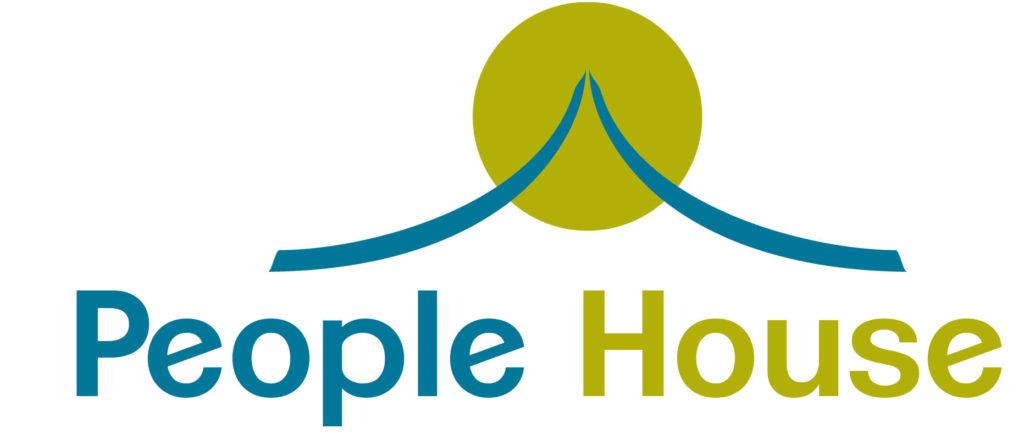How To Learn From People Around You || by Catherine Dockery MA, Conscious Aging Facilitator
Social learning is the replication of another’s behavior through observation and imitation
-Albert Bandura

Humans naturally learn what’s possible, what’s expected and how to perform by watching other people. And it’s not just their actions, but also their thoughts, ideas, feelings to understand the possibilities.
A role model is someone we look to as a good example. A role model is someone who is worthy of imitation. It can be a beloved teacher or a respected friend or it can be someone in whom we fear and want to protect ourselves. In fact, most of our initial learning happens through observation and imitation. Observing friends, family members, and the surrounding environment. That’s how we know what’s possible.
Learning by observation is the process of learning by watching the behaviors of others. Another’s behavior is watched, memorized, and then mimicked. This is how children learn by imitating the behaviors of adults. We continually learn through observation, whether we are conscious of it or not and the target behavior is desirable or not.
According to Observational Learning Theory, we choose our models based on the following characteristics: We mimic people who are:
- Similar to us
- In high-status positions
- Seen as experts or knowledgeable
- Rewarded for their behaviors
- Nurturing (parents or guardian-figures)
Have you ever found yourself picking up new expressions and wondered how you decided to take that on?
Canadian/American psychologist, Albert Bandura, was one of the first psychologists to recognize the phenomenon of observational learning. His theory, Social Learning Theory, stresses the importance of observation and modeling of behaviors, attitudes and emotional reactions of others.

According to Bandura’s research, there are four processes that influence observational learning:
- Attention
- Retention
- Reproduction
- Motivation
Let’s take a look at each in more depth:
1. Attention
We first have to decide where we want to turn our attention. We then start to notice the chosen role model and their behaviors. For example, if you want to learn a new skill or improve your behaviors, you can turn your attention to someone already skilled and try to mimic their behavior.
2. Retention
To increase chances of retention, the observer must commit the learned behavior to memory. Maybe they use a mnemonic device. Or form a daily learning habit.
The behavior must be easily remembered so the action can be performed with little or no effort. Using our previous example above, let’s say you notice certain characteristics that make up some desired behavior, like remaining calm, confident, engaging, and use eye contact. You make a list of these attributes and remember them for the next time you want to try this skill.
3. Reproduction
Reproduction is the process where the observer must be able to physically perform the behavior in the real-world. Using our previous example again, you’ve observed and identified four skills that the role model uses. To be able to perform these skills yourself, you need to deliberately practice each skill.. Maybe you test your skills one at a time in small situations.
4. Motivation
All learning requires some degree of personal motivation. For observational learning, the observer must be motivated to produce the desired behavior.
Examples
Here are a few real-world examples of observational learning:
- A child watches their mother eat dinner with a fork. They observe the behavior and quickly learn how to use a fork themselves.
- A high-school basketball player watches Stephen Curry shoot free-throws. They observe details such as the number of ball dribbles and hand follow through patterns, then try to mimic the behavior themselves.
- Coaches and sport psychologists use live demonstrations and video footage, to help athletes improve their techniques, develop their confidence, and get better at their sports.
Next time you dream of achieving something or taking on a new activity, remember you have this superpower available to you. Find a role model who already has achieved what you desire and learn from their efforts. It’s how we grow!
Notes & Sources:
- Adam M. Bruton and David J. Wright, Watch and Learn, Neuroscience and Psychology https://bura.brunel.ac.uk/bitstream/2438/25330/1/FullText.pdf
- Mcleod, Saul, PhD, Social Learning Theory, Simply Psychology https://www.simplypsychology.org/bandura.html#:~:text=Social%20Learning%20Theory%2C%20proposed%20by%20Albert%20Bandura%2C%20posits%20that%20people,process%20known%20as%20vicarious%20learning.
About the author: Rev. Catherine Dockery, MA, is a People House minister and a trained facilitator in conscious aging, nonviolent communication and resonant healing of trauma. She has an MA in Public Administration and BA in Communications both from the University of Colorado at Denver. Catherine started The Center for Conscious Aging in 2015 where she conducts workshops, personal coaching and support groups for older adults helping them to understand their developmental changes and transform their lives. She has 10 years of experience in individual and group facilitation and presents on aging topics throughout Colorado. To learn more about Catherine’s services please visit www.centerforconsciousaging.org or email consciousaging1@gmail.com
